We received a chajah from France to enrich the aviary’s biodiversity
hace 1 yearTerra Natura Benidorm has received a new specimen of Chajá (Chauna torquata) from Beauval Zoo in France. Its arrival aims to increase the biodiversity of our aviary and establish a breeding group of this species, which is currently protected. It is a sensitive species where its populations have recovered in recent years.
With the incorporation of this male, the aim is also to be part of a reproductive group of this species to carry out their social functions in a complete manner, including phases such as courtship and reproduction for a healthy and natural psychophysical development. This male joins the two females who already live here, one came in 2003 and the other was born at Terra Natura Benidorm in 2010.
The male chajá is 1 year old and weighs 3.5 kg and is 70 cm tall. On arrival at the park, this bird was initially placed in a cabin inside the aviary for four days so that he could establish visual, but not physical, contact with the rest of the birds. During this adaptation period, it was approached by other specimens showing normal social behaviour.
Currently, the male chajá is free to roam the aviary and continues to familiarise himself with the environment and with the other species that live in this large space, where 125 specimens of 23 different species coexist. Chajás are distant relatives of water birds, although their appearance is more similar to cranes and turkeys, to which they are related. The morphology of this species is the result of an evolutionary convergence with some species of land birds with which they share habits.
They have a spur on the front of each wing to defend themselves and their chicks, although the chicks usually remain motionless in order to remain unnoticed. The parents emit an alarm cry to alert the young so that they can escape when they detect the presence of a predator.
The body of the chaja is similar to a turkey with a crest. Its beak is small and sharp, light grey in colour and has a kind of collar on the neck. The legs are stout and long, pinkish in colour, and the area around the eyes is reddish in colour. They usually live in pairs and sometimes in groups.
It is a herbivorous bird, preferring to feed on green shoots and soft plants. In fact, they feed on vegetables by wading in shallow waters and are capable of creating nests with reeds, making large platforms on which they lay up to six eggs. These birds can glide at high altitudes and are commonly seen in areas near lagoons and ponds. The species inhabits the Patagonia of Argentina, Uruguay, Paraguay, Brazil and Bolivia.

